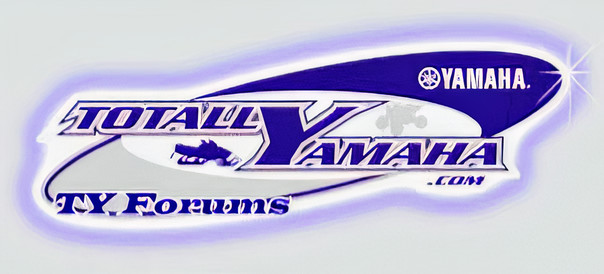700triple
Member
Can someone tell me what is the right tool to hone my cylinders and where i could buy one?
daman
New member
sure... get your self a 240-280 grit 3 stone spring flex hone,can buy from any local auto parts store,you can adjust the tension of the stones for what ever pressure you want. Your not going to accomplish much mind you Nic plating is VERY hard/tuff but you should be able clean any glazing up that's all that will need to be done,use a little wd40 etc to lube it up wile machining.
DO NOT use a ball hone........
DO NOT use a ball hone........
dubla92
Member
I would buy a ball hone like 2-3/4" (70MM) 320SC FLEX-HONE from brush research p#BC23432 . This is a silicon carbide 320 grit ball hone $45.00 us.
This is what any professional engine rebuilder would use. Better than 3stone.
But as DAMAN said use wd40 as lube. Also make sure to wash cylinder in hot soapy water afterwords to remove all left over grit.
JM.02
http://www.brushresearch.com/brushes.php?c1=1
This is what any professional engine rebuilder would use. Better than 3stone.
But as DAMAN said use wd40 as lube. Also make sure to wash cylinder in hot soapy water afterwords to remove all left over grit.
JM.02
http://www.brushresearch.com/brushes.php?c1=1
700triple
Member
What are the pros and cons of a ball hone tool?
rx1jim
New member
The disadvantage of using the ball type hone is potential damage to the plated nicasil layer on the cylinder wall. The dia. of the cylinder is approx. 69.7 mm in diameter. A ball hone for a 70 mm dia. bore is actually larger for the balls to exert pressure on the cylinder walls. During the honing process with a ball hone, the balls will protrude into the intake, transfer and exhaust ports. At this point, the honing balls hit the edge of the cylinder and the ports. This action "hammers" on this edge potentially leading to chipping/peeling of the nicasil layer. If you use the ball hone, use a slow rotational speed to minimize the "hammering" action. I know my dealer uses ball hones for all 2 stroke engines but that does not make it the correct method.
With the 3 stone hone, you need to get one with long enough stones so they will not fall into the exhaust port. I would say you'll need a 3 stone hone with stones about 2.5 to 3" long. You also need to be careful not to push the hone to par down into the cylinder while honing so it catches on the 4 posts sticking off the bottom of the cylinder.
Honing a cylinder on a 4 stroke engine is surely a lot easier!!
With the 3 stone hone, you need to get one with long enough stones so they will not fall into the exhaust port. I would say you'll need a 3 stone hone with stones about 2.5 to 3" long. You also need to be careful not to push the hone to par down into the cylinder while honing so it catches on the 4 posts sticking off the bottom of the cylinder.
Honing a cylinder on a 4 stroke engine is surely a lot easier!!

